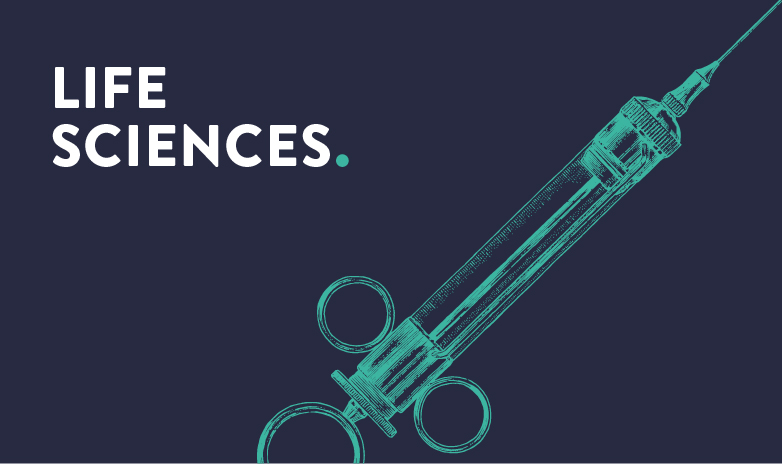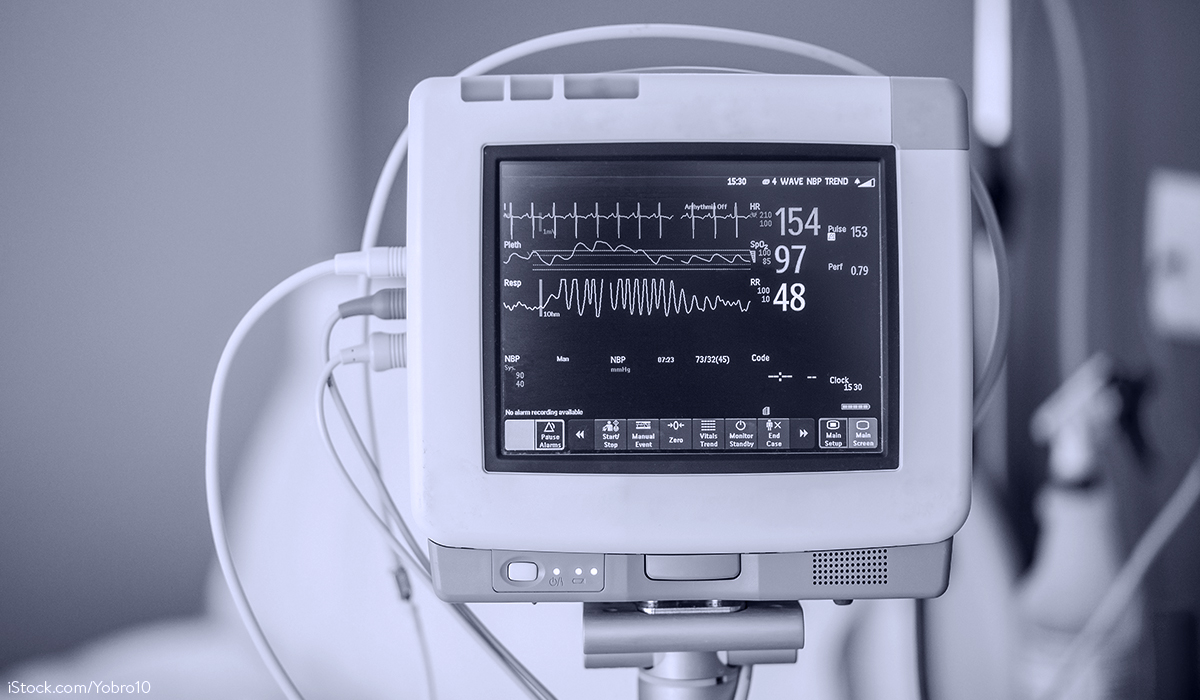Once again, healthcare policy is trying to inject new momentum into the digitalisation of the healthcare sector.
I. Context
While the E-Health Act dating back to December 2015 was mostly a loose declaration of intent, the “Terminservice- und Versorgungsgesetz” (TSVG), the “Gesetz für mehr Sicherheit in der Arzneimittelversorgung” (GSAV), the “Digitale-Versorgung-Gesetz” (DVG), the “Patientendaten-Schutz-Gesetz” (PDSG) and the “Digitale-Versorgung-und-Pflege-Modernisierungs-Gesetz” (DVPMG) have attempted to create an e-health infrastructure and bring the various projects to life. The introduction of, e.g., the electronic prescription and the electronic health record was delayed, even though the digital health applications (DiGA) introduced with the DVG quickly became part of healthcare reality. Now it is the DigiG, which, together with the “Gesundheitsdatennutzungsgesetz” (GDNG), which also came into force on 26.03.2024, is intended to provide the decisive boost in terms of e-health and digital health in Germany.
II. Electronic prescription (e-prescription)
Indications are good that the DigiG will bring decisive projects to fruition, i.e. into the reality of healthcare. Since 01.01.2024, doctors must issue e-prescriptions for prescription-only drugs to people with statutory health insurance. Other prescriptions, such as BtMG-prescriptions and DiGA-prescriptions cannot be issued electronically for now, while doctors can choose to issue an e-prescription for various other types of prescriptions. However, an expansion to all prescription types is to be expected within the medium term. With the DigiG coming into force, it is also clear that doctors will face fee cuts from May 2024, if they do not issue prescriptions for prescription-only drugs electronically.
III. Electronic health record
A disruptive development is in store for the electronic health record. After being used by only a small proportion of patients despite its considerable range of functions (and although it has been available for those with statutory health insurance since 2021 and for those with private insurance since 2022), the tables are now being turned. The DigiG introduces the opt-out solution for the electronic health record. From 15.01.2025, health insurance companies will be required to provide every person with statutory health insurance with an electronic health record. Patients can object to the deployment or opt out of the electronic patient file at any time after it has been provided.
IV. DiGA
From a product law perspective, developments in the area of DiGA are particularly important. Primarily, the DigiG expands the scope of DiGA. Whereas previously only medical devices of risk classes I and IIa could be included in the DiGA register, the DigiG extends the potential prescribability at the expense of the GKV as DiGA to medical devices of risk class IIb. This brings the much-criticised classification rule 11 in Chapter III of Annex VIII to Regulation (EU) 2017/745 (Medical Devices Regulation) into focus once again. According to the MDCG Guidance 2019-11 (Guidance on Qualification and Classification of Software in Regulation (EU) 2017/745 – MDR and Regulation (EU) 2017/746 – IVDR), a diagnostic health app for assessing depression (based on symptoms input) and an app designed to analyse the user’s heart rhythm, detect abnormalities and notify a doctor accordingly, are to be classified as medical devices of risk class IIb. The legislative rationale for the DigiG has “telemedical monitoring” in mind (BT-Drs. 20/9788, p. 171). In view of the scope of such functions, it is positive that the legislator has ruled out a provisional listing in the DiGA register for DiGAs of risk class IIb. For manufacturers, the path to prescribability for DiGAs of risk class IIb is therefore more time-consuming.
In addition to other minor changes, the DigiG also introduces a certain success clause for the pricing of DiGA. The fact that manufacturers were basically free to set the price for their DiGA in the first year was criticised from the outset. The “DiGA-Rahmenvereinbarung” (between the “GKV-Spitzenverband” and manufacturers organisations) already restricted free pricing by implementing maximum amounts and threshold values. With the establishment of performance-related price and reimbursement criteria, the legislator is now meeting the demands of the “GKV-Spitzenverband” in particular, which had vehemently pointed out that prices were too high and insisted on compliance with the economic efficiency requirement under health insurance law (Sec. 12 SGB V).
Overall, from a manufacturer’s perspective, the end of free pricing is particularly noteworthy, which is likely to somewhat dampen the gold-rush mood for “health apps”. Nevertheless, by making nuanced further adjustments to the legal framework and, in particular, by extending the scope to medical devices of risk class IIb, the legislator is showing that he continues to believe in the concept of the “app on prescription” and wants to strengthen the presence of DiGA in the reality of healthcare.
V. Telemedicine
The DigiG also provides for further development in the area of telemedicine and video consultations. In particular, the quantitative limit on the billing of video consultations has been removed. Although a step has been taken towards the establishment of telemedicine under statutory health insurance law, it is disappointing that no improvements have been made in other respects. The main stumbling block for telemedicine is, in particular, the inconsistent thicket of the prohibition of advertising for remote treatment (Sec. 9 HWG) and the regulations on remote treatment in the code of professional conduct for doctors. While Sec. 9 sentence 2 HWG only permits advertising for remote treatment in exceptional cases if, according to generally recognised (and therefore objective) standards, personal contact with the patient is not necessary, the code of professional conduct stipulates that treatment via communication media is only permitted in exceptions (cf. Sec. 7 para. 4 MBO-Ä), based in particular on rather subjective criteria such as medical justifiability and the exercising of medical diligence (in this context, see OLG Hamburg, decision of 15 August 2023 – 5 U 93/22). Against this background, an amendment to Sec. 9 HWG would also have been beneficial.
Conclusion and outlook
For e-prescriptions and electronic patient files in particular, the prospects are good that the DigiG will implement decisive digital solutions in everyday healthcare. Other changes, such as the obligation to receive electronic doctor’s letters, are also promising in this respect. While the effects of the DigiG on the DiGA market will be interesting to observe, there is a need for further developments in healthcare legislation in the area of telemedicine.
Do you have any questions or would you like to discuss the news with the author? Please contact: Dr. Dominik Strobl





